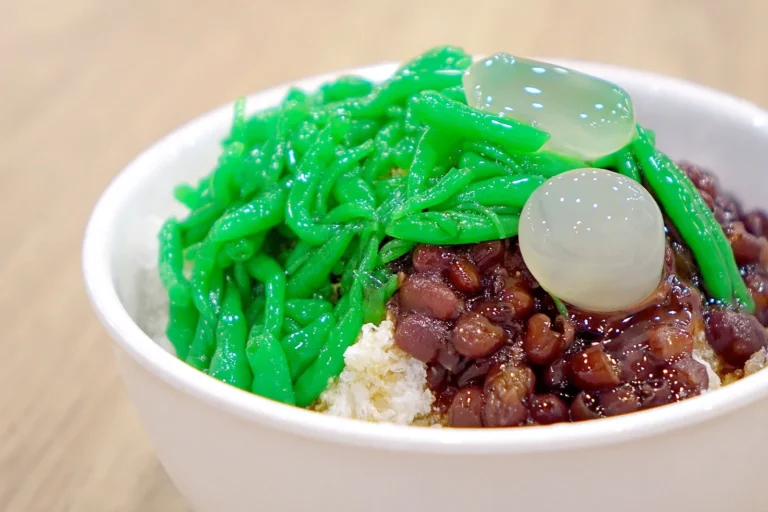Introduction: Singaporean Festivals and Celebrations
Singapore is a multicultural and multi-religious country that observes a plethora of festivals and celebrations throughout the year. From Chinese New Year to Deepavali, these occasions bring together the diverse communities of Singapore and offer an opportunity to celebrate their respective cultures and traditions. One of the essential aspects of any festival or celebration is food, which plays a crucial role in Singaporean culture.
The Role of Food in Singaporean Culture
Food is an integral part of Singaporean culture and identity as it reflects the country’s rich history and diverse heritage. Singaporean cuisine is a unique blend of Chinese, Malay, Indian, and Western influences, resulting in a vibrant and diverse culinary scene. Food is also a way of bringing people together, and it is a common sight to see families and friends sharing meals during festivals and celebrations.
Traditional Dishes for Ethnic Festivals
Singapore is home to different ethnic groups, each with their unique festivals and traditional dishes. For example, during Chinese New Year, it is customary to serve festive dishes such as Yu Sheng (raw fish salad), Nian Gao (sticky rice cake), and dumplings. Similarly, Malay festivals like Hari Raya and Ramadan feature traditional dishes like ketupat (rice cakes), rendang (spicy beef stew), and sambal goreng (vegetable dish).
Fusion Cuisine for National Celebrations
National celebrations like National Day and Singapore Food Festival often feature fusion cuisine, which integrates elements of different cultural cuisines to create unique and innovative dishes. For instance, the iconic Singaporean dish of chilli crab is a fusion of Chinese and Malay influences, while Satay Bee Hoon (rice vermicelli with satay sauce) blends Malay and Chinese flavors.
Unique Treats for Important Occasions
Singaporean festivals and celebrations also have unique treats associated with them. For example, during Mooncake Festival, people eat mooncakes, which are round cakes with a sweet filling, to symbolize the reunion of families. During Diwali, people prepare sweet and savory snacks like murukku (spiral-shaped snack), samosas (fried pastry with filling), and barfi (sweet confectionery).
Conclusion: Food as a Symbol of Singaporean Identity
In conclusion, food is an integral part of Singaporean festivals and celebrations, reflecting the country’s diverse heritage and multiculturalism. Traditional dishes for ethnic festivals, fusion cuisine for national celebrations, and unique treats for important occasions all showcase the richness and complexity of Singaporean cuisine. Food plays a crucial role in bringing people together, fostering a sense of community and identity, and preserving Singapore’s cultural heritage.

